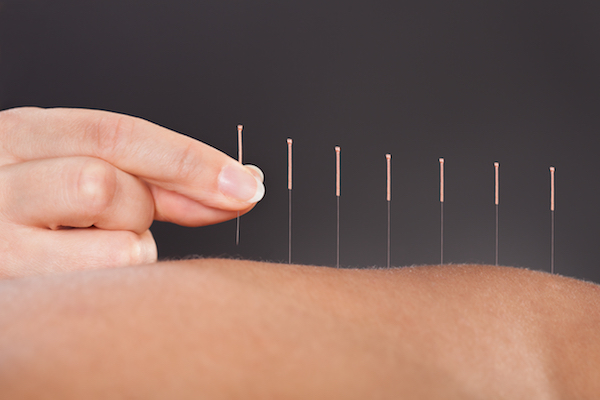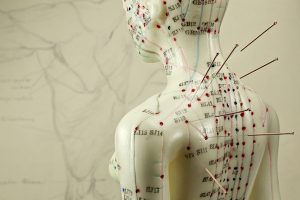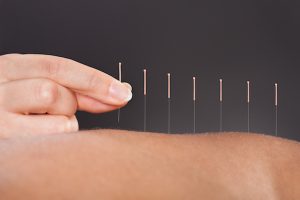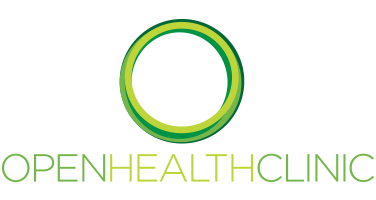
13 Mar A Guide To Acupuncture
The treatment of acupuncture has been studied and practised for over 2,500 years and is an important part of the team-led approach that we believe is the best route to patient recovery. Some patients require acupuncture alone, however, others will have it included in their physiotherapy or osteopathy appointments. Here at the OpenHealth clinic, we understand that the thought of acupuncture can be scary or intimidating which is why we have created a guide to everything you need to know about the treatment. Giving you peace of mind when you are coming in for the treatment. If you would like any information on the OpenHealth Clinic’s treatments please call us today on 01344625475.

Let’s start with the basics…
What Is Acupuncture?
Acupuncture is an ancient Chinese medicine-based approach to treating a variety of conditions by triggering specific points on the skin with multiple needles. It is an integrated approach to the management of pain and inflammation and a means of stimulating the body’s own healing chemicals to aid recovery and enhance rehabilitation.
When Is Acupuncture Used?
Acupuncture is used mainly to relieve discomfort associated with a variety of diseases and conditions, some of which include:
- Chemotherapy-induced and postoperative sickness and nausea.
- Headaches
- Dental Pain
- Neck Pain
- Lower back Pain
- Osteoarthritis
- Menstrual Cramps
- Respiratory Disorders
How Does It Work?
Western medical acupuncture is the use of acupuncture following a medical diagnosis. The process involves stimulating sensory nerves under the skin and muscles. This results in the body producing natural substances, such as pain-relieving endorphins. It’s very likely that these naturally released substances are responsible for the beneficial effects experienced with acupuncture.
How Is The Treatment Performed?

An initial acupuncture session will last between 20 minutes to an hour and involves an assessment of your general health, medical history and then a physical examination. All of this will then be followed up by the insertion of the needles. The course of the treatment will depend on you and your needs.
Is It Safe?
Needles are inserted into the body in specific places on the body, which practitioners call acupuncture points. During the session, you will either be sitting or laying down and you will be asked to remove a few pieces of clothing to allow access to the treated area. The needles used are very fine and are a few centimetres long. They are single-use, pre-sterilised and are disposed of immediately after use.
Practitioners choose specific points to place the needles based on your needs. They are inserted just under the skin or deeper so they reach the muscle. Once the needles are in place they will be left in position for a length of time, lasting up to around 30 minutes.
Tips For Your Acupuncture
-
Opt For Loose Fitting Clothing
It is important to wear loose-fitting clothing on the day of your treatment. This will make it easier for your acupuncturist to place the needles in the correct place.
-
Avoid Caffeine Before Your Appointment
Try to avoid drinking coffee for at least two hours before your appointment. Coffee increases your fight or flight response which is what acupuncture seeks to lessen.
-
Eat Appropriate Amounts Before Your Appointment
Eat before your appointment! Experts recommend that you eat something approximately two hours prior to your treatment, however, make sure this isn’t a huge meal, as this may cause you to feel uncomfortable.
Jack is part of the marketing team and enjoys helping patients understand the treatments offered at Openhealth and the positive effect that Osteopathy & Physiotherapy can have on peoples lives.



Sorry, the comment form is closed at this time.